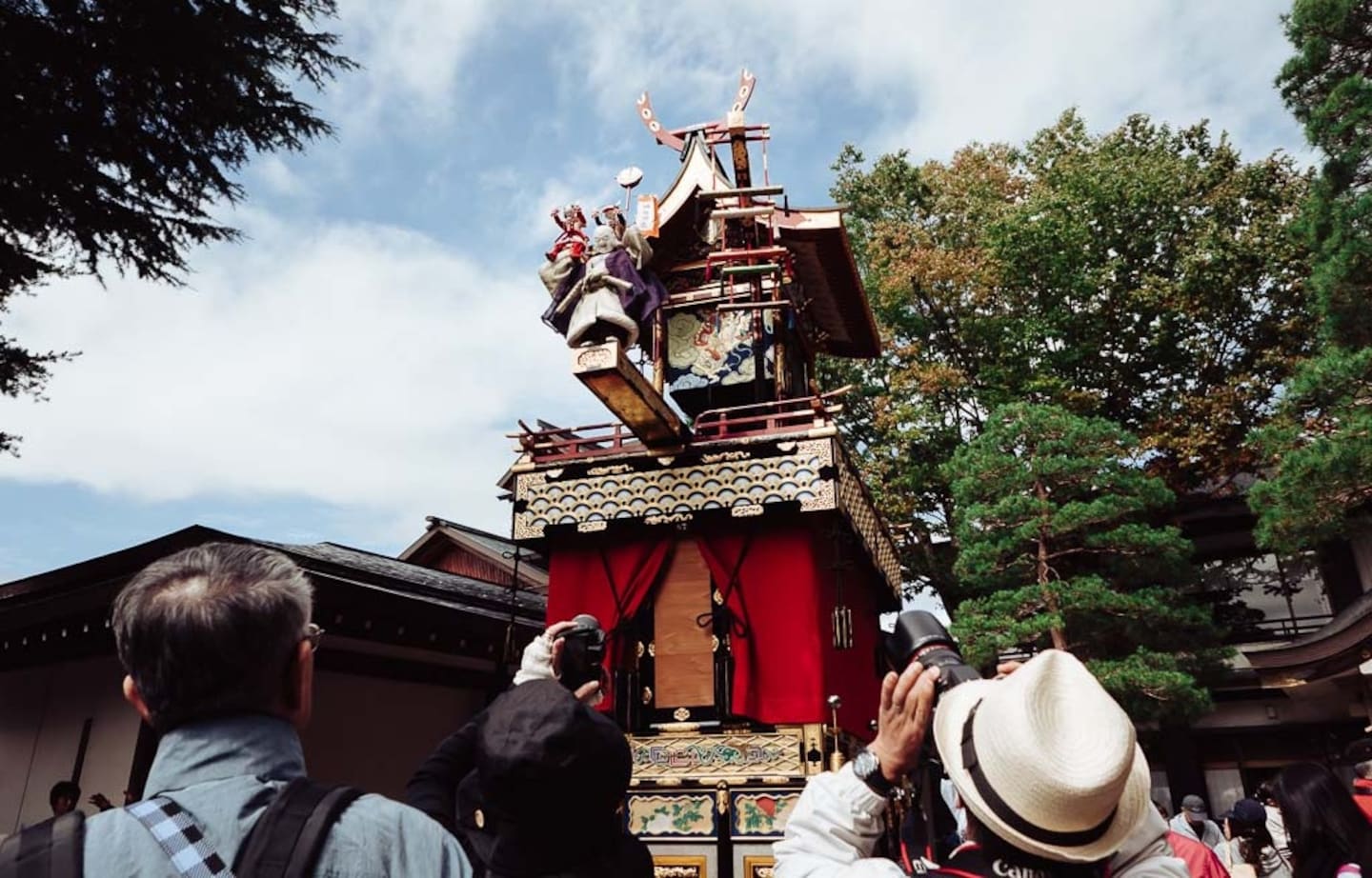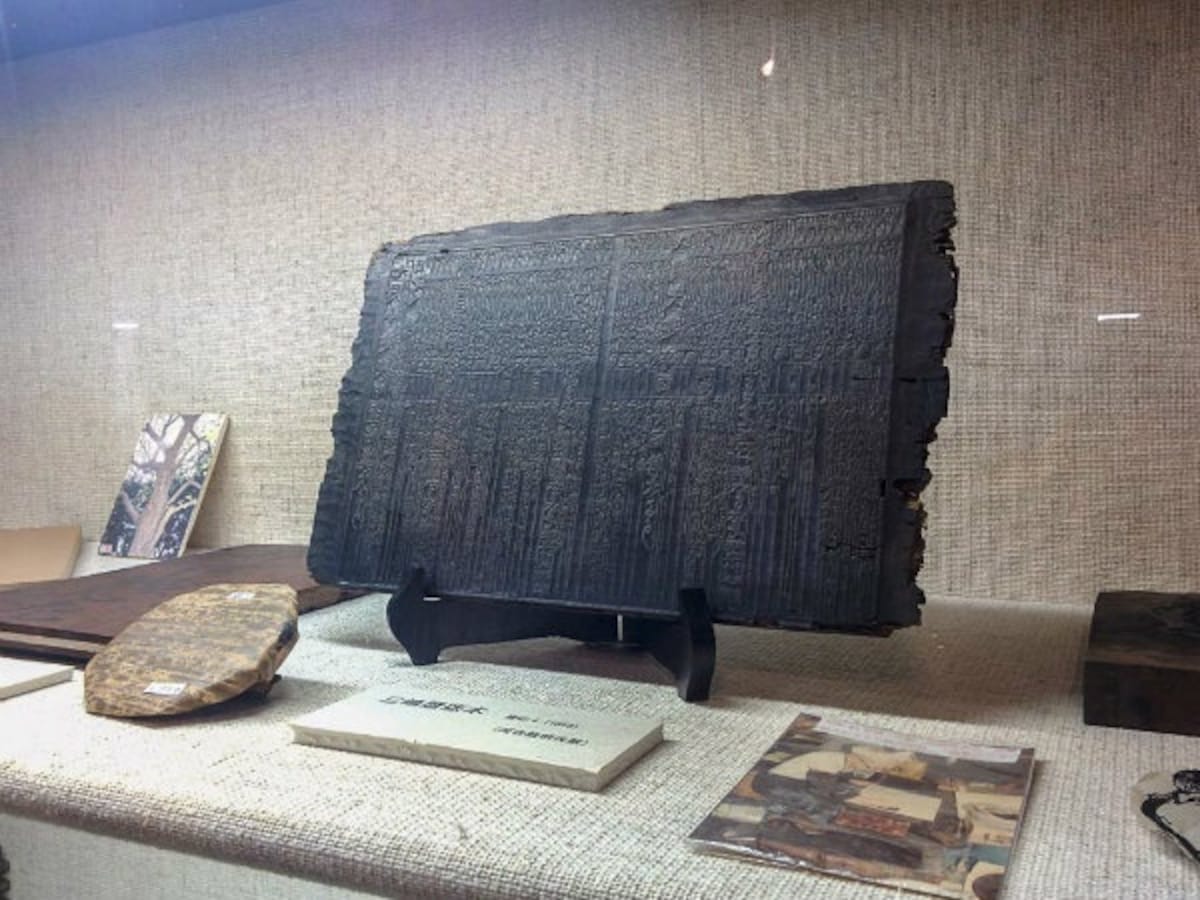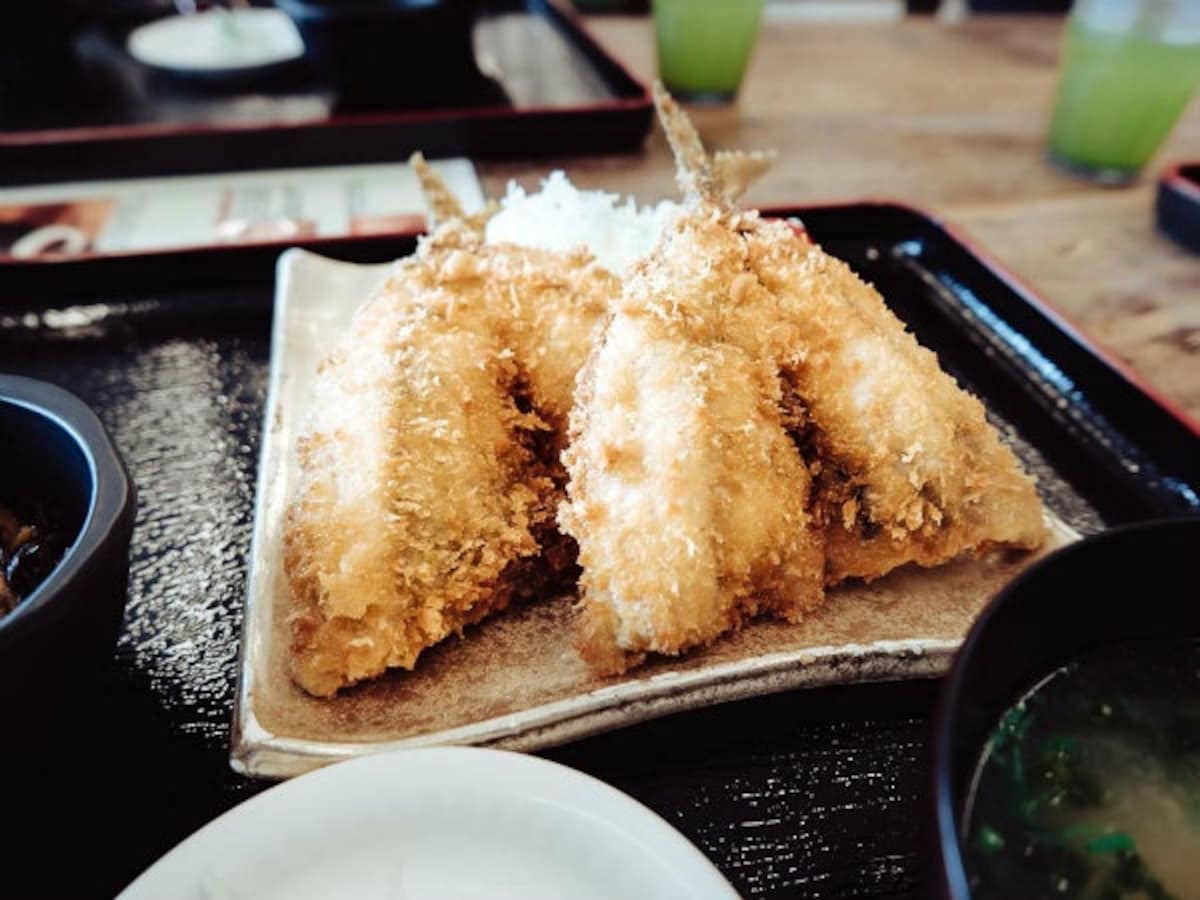An 8-Day Journey Through the 'Rising Dragon'
This article documents one of my first major trips to the “Shoryudo” area of central Japan, Shoryudo (or “rising dragon”) referring to the shape that its nine prefectures make on a map.
By Robert LewisDAY 1: Friday
Caught somewhat between the major tourist spots of Tokyo and Kyoto, I quickly learned that it’s an area well worth exploring and offers a distinctly different—and no less stimulating—perspective on Japan to these more-traveled cities.
Grand Shrine of Mishima (Shizuoka)
As always, a tour is only as good as the guide giving it, and for this week we had an excellent one. Thanks Akiko-san! Indeed, discovering all the secrets an area like Shoryudo has to offer is simply not possible without a well-versed interpreter.
After a few hours’ bus ride from Shinagawa Station, we arrived at the first major place of interest—the Grand Shrine of Mishima in (not surprisingly) Mishima, Shizuoka. Built as a dedication to the gods of land and sea, it’s a place for solemn worship and hope for a rewarding harvest. And the connection to nature’s bounty is in plain sight: the rich autumnal tones of the ground’s vegetation; the beautifully engraved, bright-green copper roofs atop buildings of zelkova wood; and the 1,200-year-old fragrant olive tree that stands tall and proud alongside the structures of worship.
The House of Mishima Lunar Calendar Publisher (Shizuoka)
Not far from the site stands an unassuming yet elegant house-turned-museum (officially “The House of Mishima Lunar Calendar Publisher”—try saying that three times fast), which for 400 years was the site of lunar calendar production for the surrounding areas and government.
To the uninitiated (myself included), the lunar calendar structures the year according to traditional beliefs in constellations, zodiac symbols, and not a small hint of mysticism on the side. As such their use gradually faded through the years until the ultimate reforms of the Meiji Era (1868-1912), though they remain a curious insight into pre-modern Japanese customs and calligraphy style. They are also surprisingly simple to print oneself with a template block and ink, as I discovered firsthand under the tutelage of Yamanaka-san—a spirited volunteer with a penchant for exact right angles.
Ikesuya (Shizuoka)
For lunch, we visited the popular Ikesuya restaurant in Numazu, where the aji (horse mackerel) are served fresh from the nearby bay. At first skeptical that the proximity would make a whole lot of difference, I can now attest that the fried aji (topped with fresh-squeezed mikan juice) was indeed the most succulent and flavor-filled I have had the pleasure of eating in Japan. Which is saying a lot! And I hear sashimi-style is nothing to be sniffed at either.








